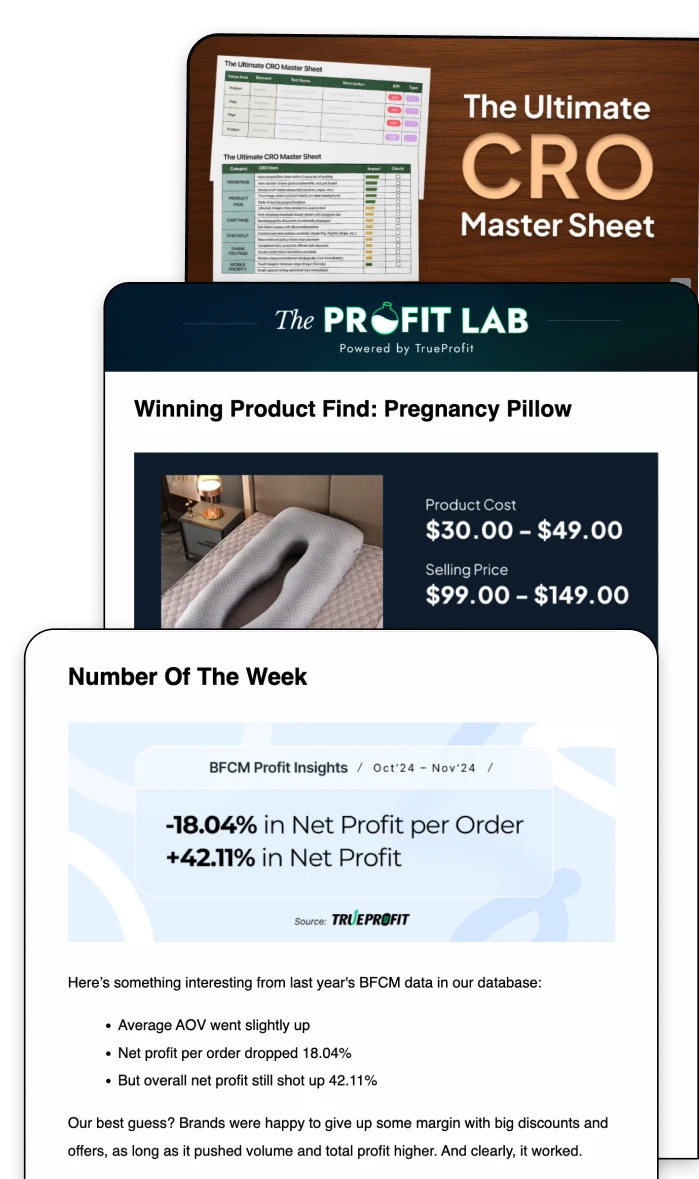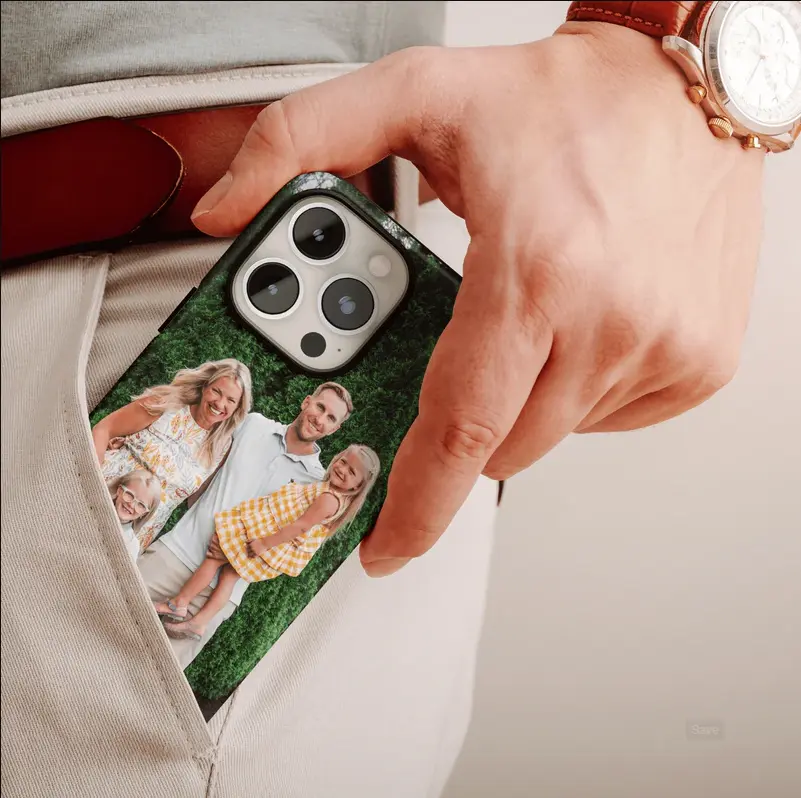Top 11 Cutting-Edge Print on Demand Business Ideas to Start With
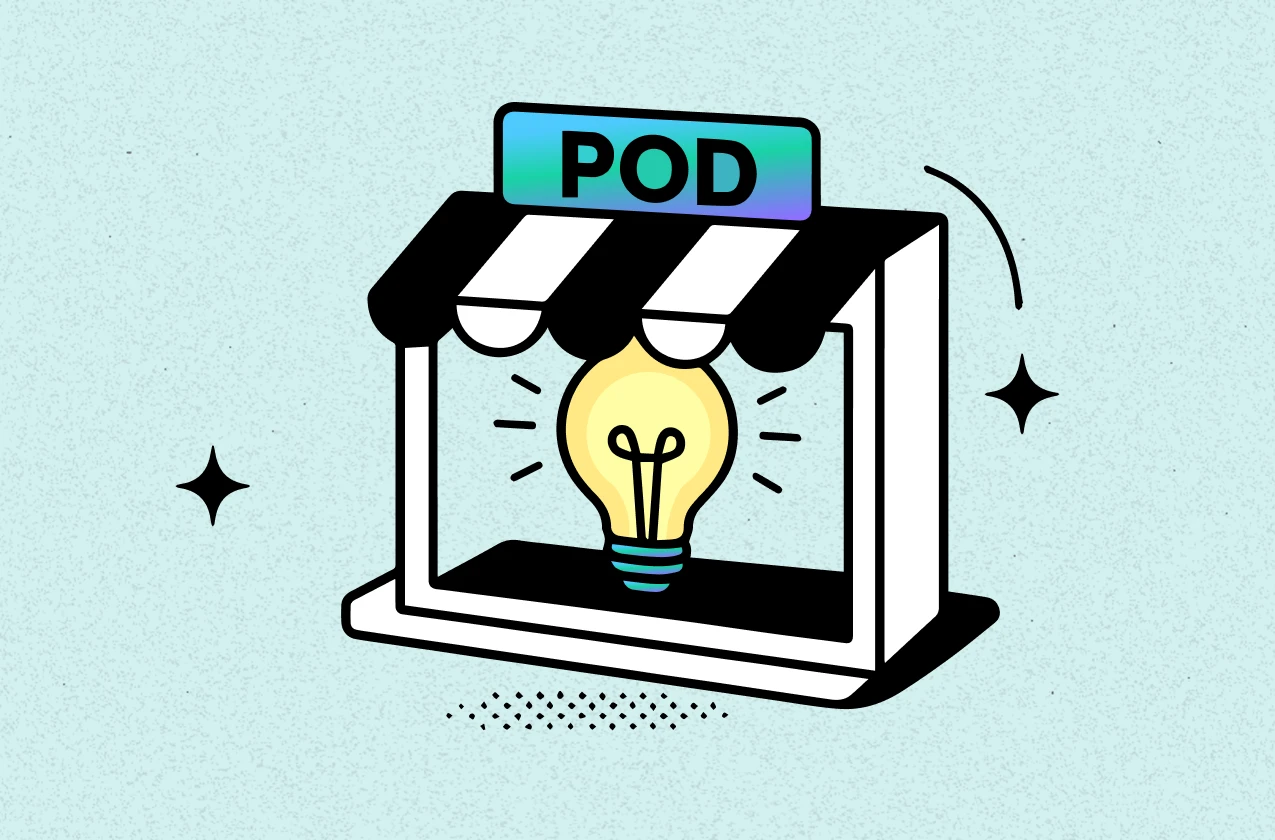
Print-on-demand is one of the most accessible ways to start an online business, but not all ideas are created equal. To stand out, you need innovative ideas that match customer demand and leave room for solid profit margins.
Here are 11 of the most exciting and trending print-on-demand niche ideas you can start with in 2025.
The Best Print on Demand Business Ideas in 2025
1. Charcuteria Board
Supplier Price: $8–$15
Selling Price: $40-$70
Gross Profit Margin: ~ 60–70%
A charcuterie board—traditionally a wooden or bamboo serving board used to display cheeses, meats, fruits, and snacks—has become one of the most trending lifestyle products in recent years. It’s not just for foodies anymore; it’s a popular gift for weddings, housewarmings, and holidays, making it a great print on demand niche.
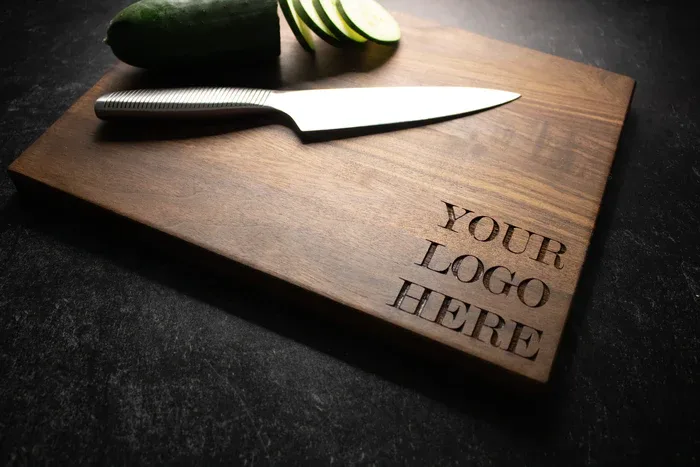
How to Customize: Charcuterie boards can be customized with engraved designs, family names, special dates, or even brand logos.

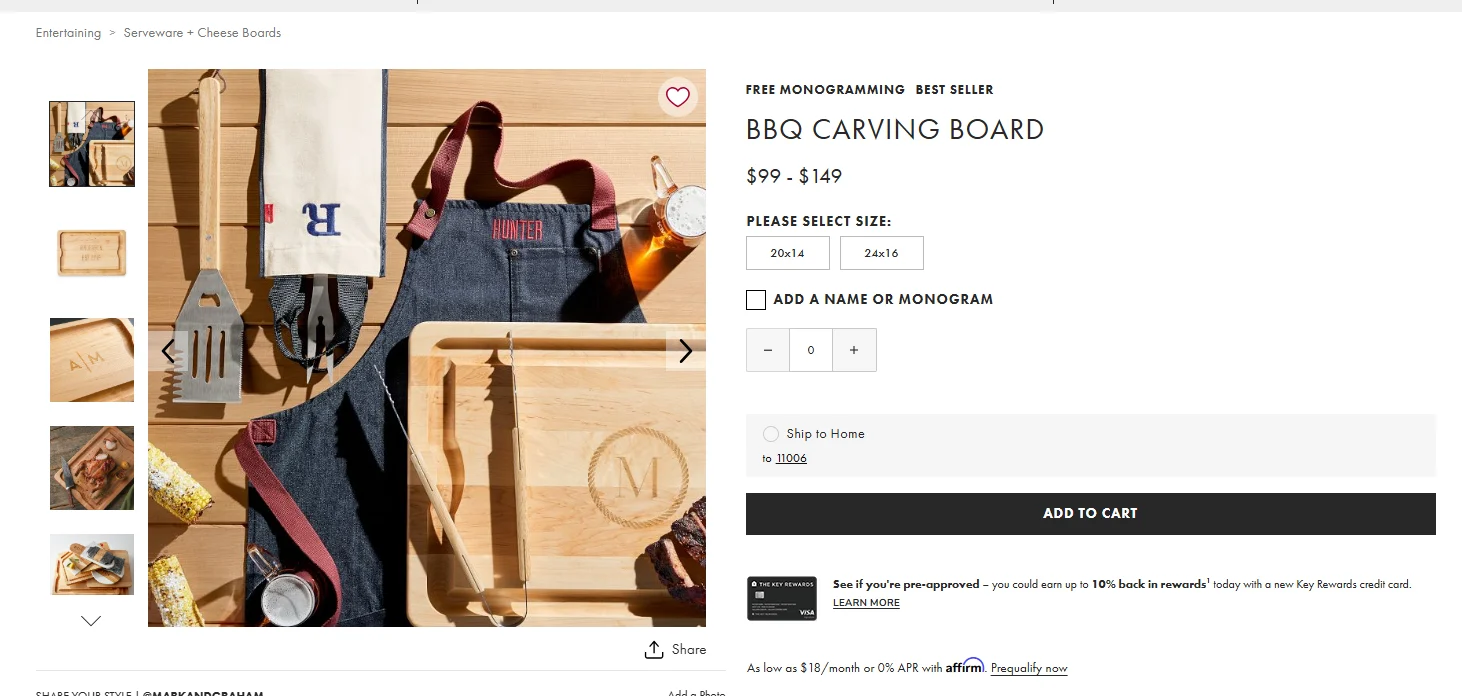
Best-seller Examples:
A Slice of Life Alaska Cutting Board

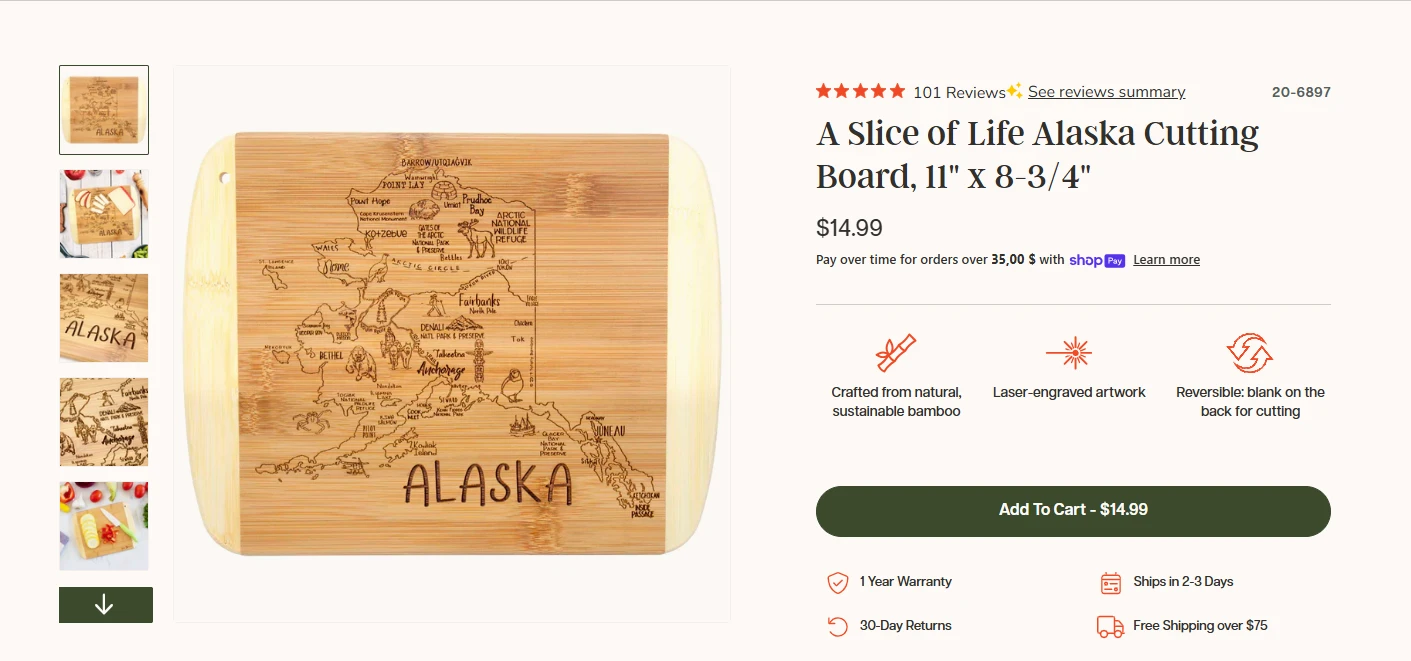
2. Ornaments
Supplier Price: $2–$5
Selling Price: $15–$30
Gross Profit Margin: ~ 60–70%
Ornaments are small decorative items, usually hung on Christmas trees or displayed during holidays. On Etsy, personalized ornaments often see thousands of sales every holiday season. They also work well as bulk orders for families, schools, or companies.

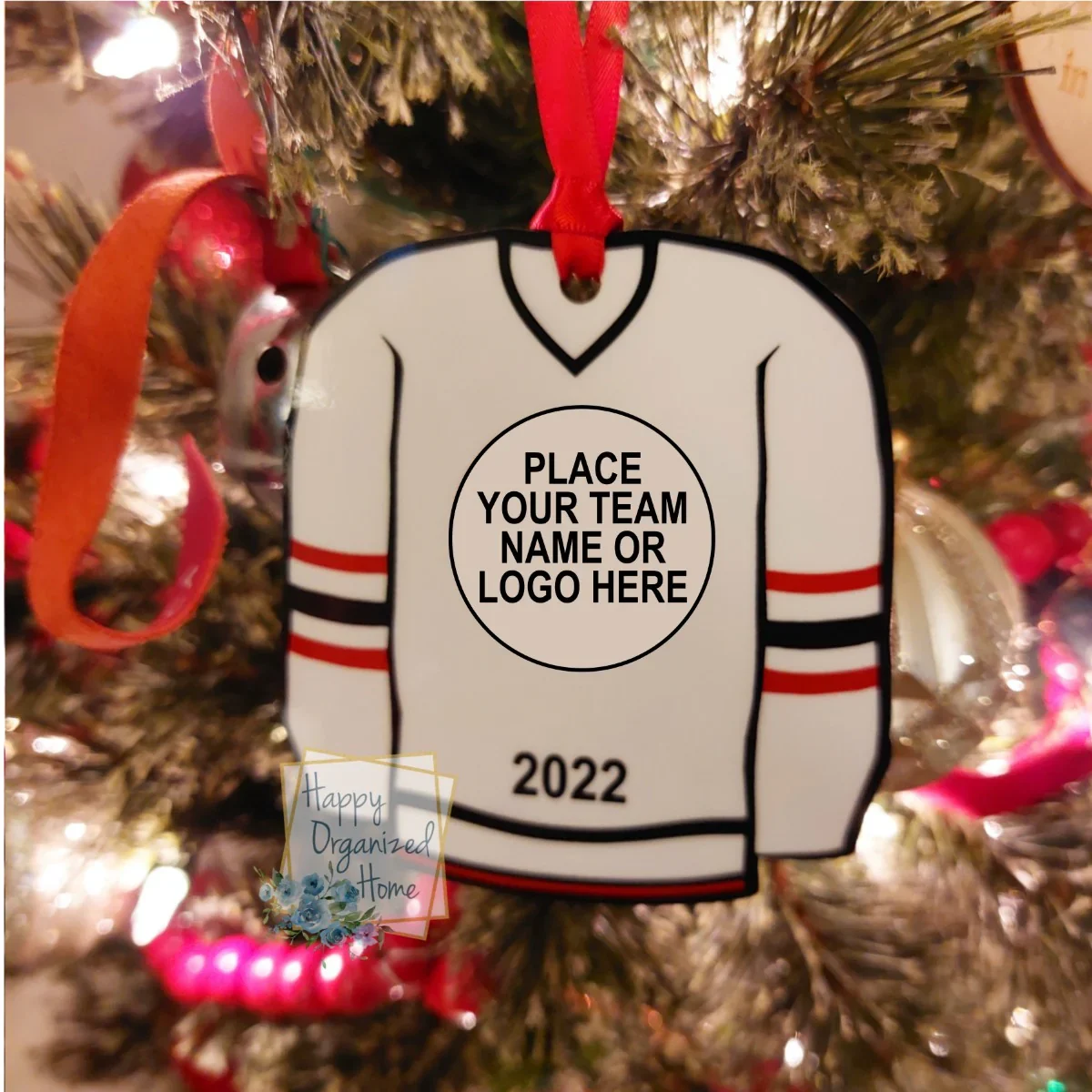
How to Customize: Whether it’s engraving a child’s first Christmas, adding a pet’s name, or printing a couple’s wedding photo, personalized ornaments carry strong emotional value. That’s why they sell so well during Q4.
Best-seller Examples:
Personalized Love Birds Ornament

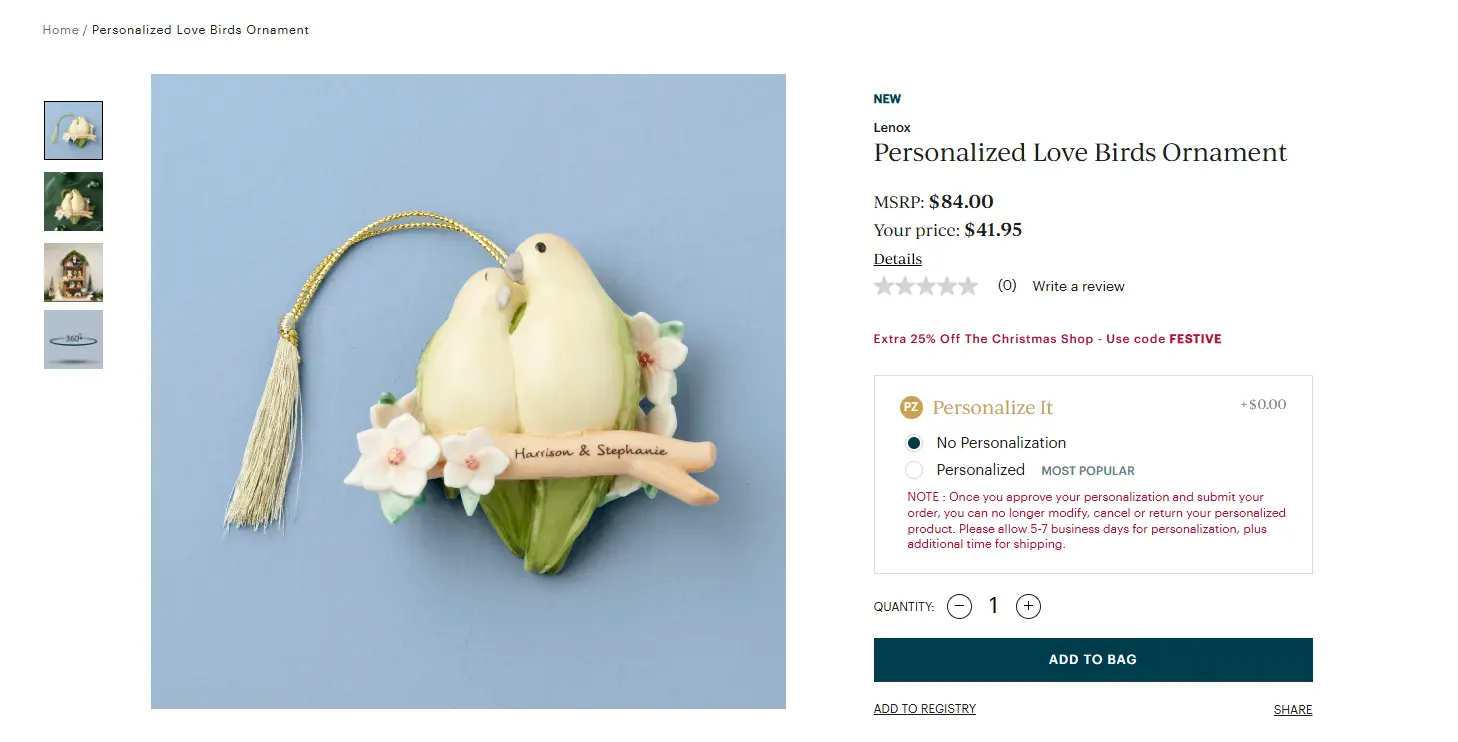
3. Lamp on a Stand
Supplier Price: $15–$25
Selling Price: $60–$120
Gross Profit Margin: 50–65%
A lamp on stand might sound like a regular household item, but in Print on Demand it becomes something much more—a customizable décor piece. Instead of selling plain lamps, sellers can offer designs printed directly onto lampshades, from abstract patterns to personal photos or quotes. This transforms a functional product into a statement piece for homes and offices.
How to customize: Lamps can be customized with names, dates, photos, or unique patterns—making them equally popular as home décor or as personalized gifts.

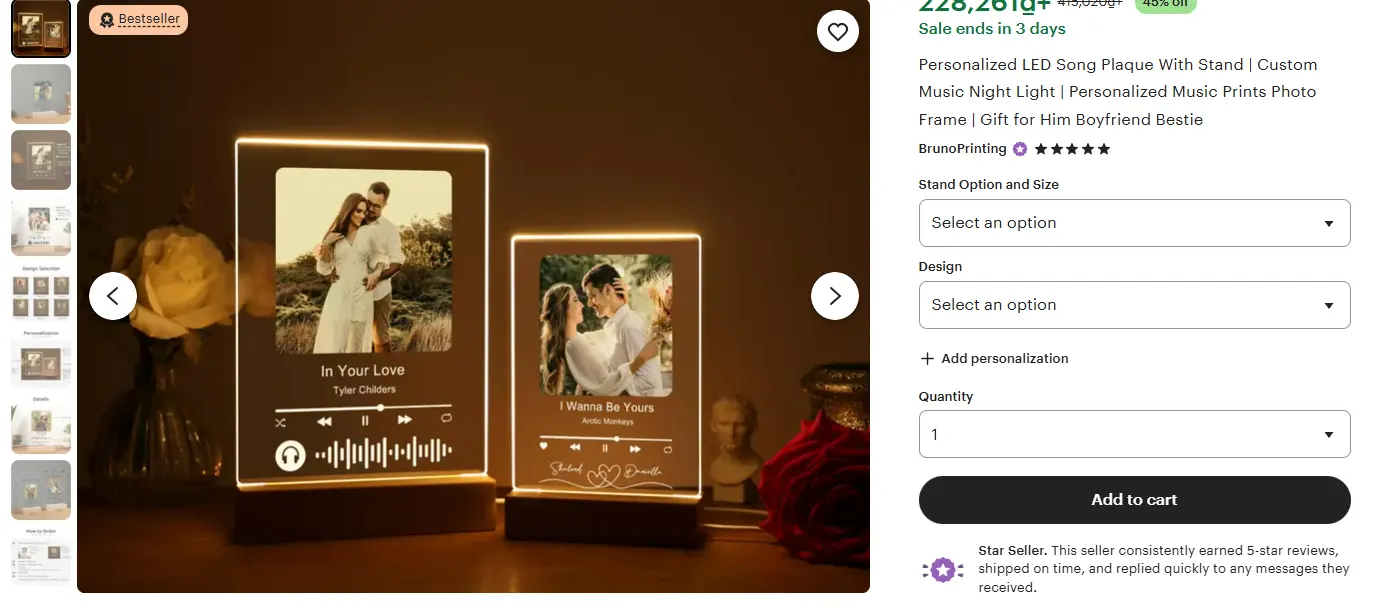
Best-seller example:
Personalized LED Song Plaque With Stand

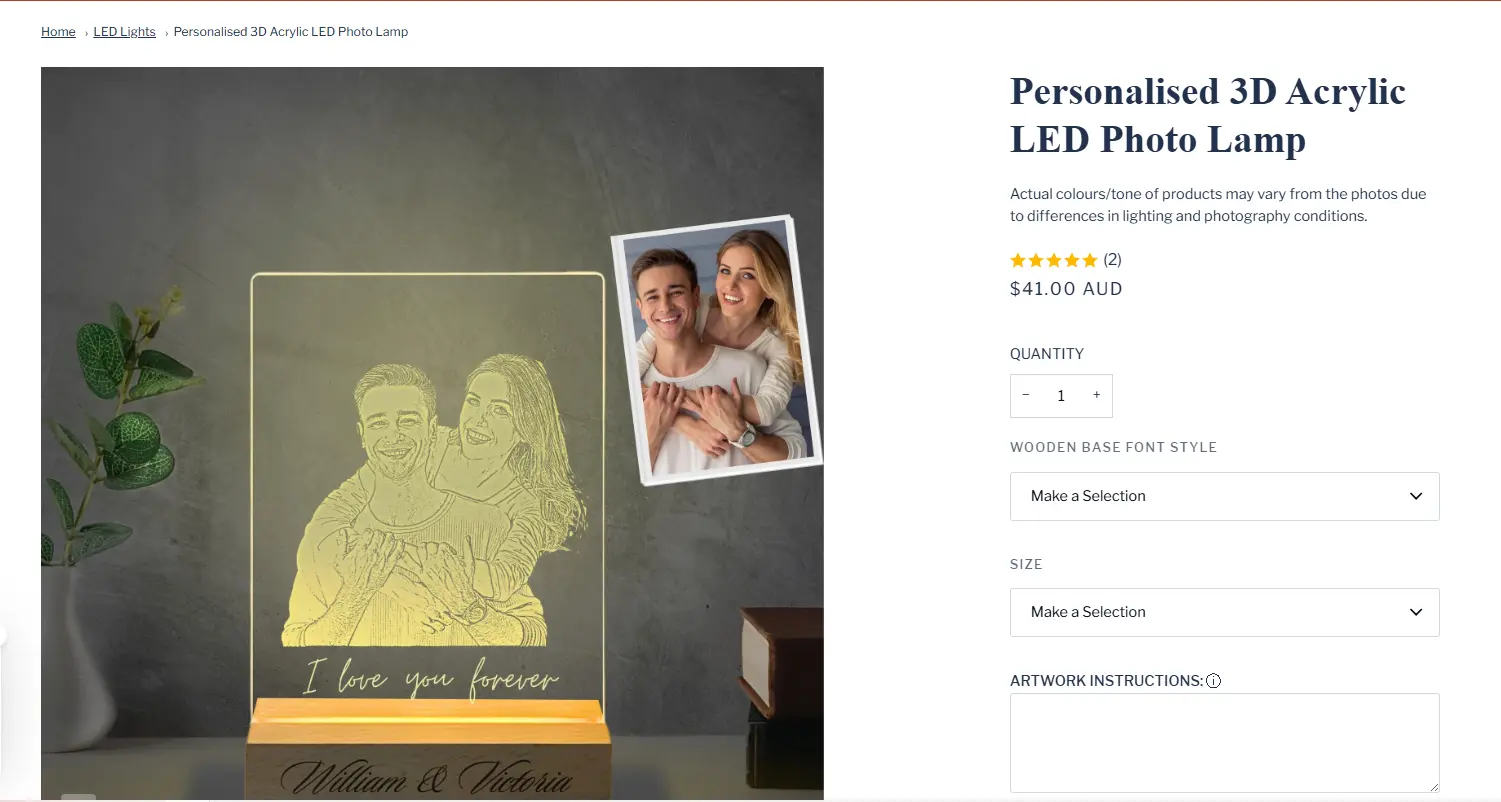
4. Magnets & Stickers
Supplier Price: $0.20–$0.50
Selling Price: $3–$5
Gross Profit Margin: 60–70%
Magnets and stickers are among the simplest and most affordable POD niches to start with. On Etsy, personalized stickers and magnets generate thousands of sales every month, especially for niches like planners, small businesses, and event giveaways. Their low price point makes them a smart entry-level POD idea that helps new sellers build sales volume quickly.
How to customize: Customers love them as collectibles, décor for laptops or fridges, and small gift add-ons. So you can sell trend-based stickers (memes, quotes, niche fandoms) and location-specific magnets.

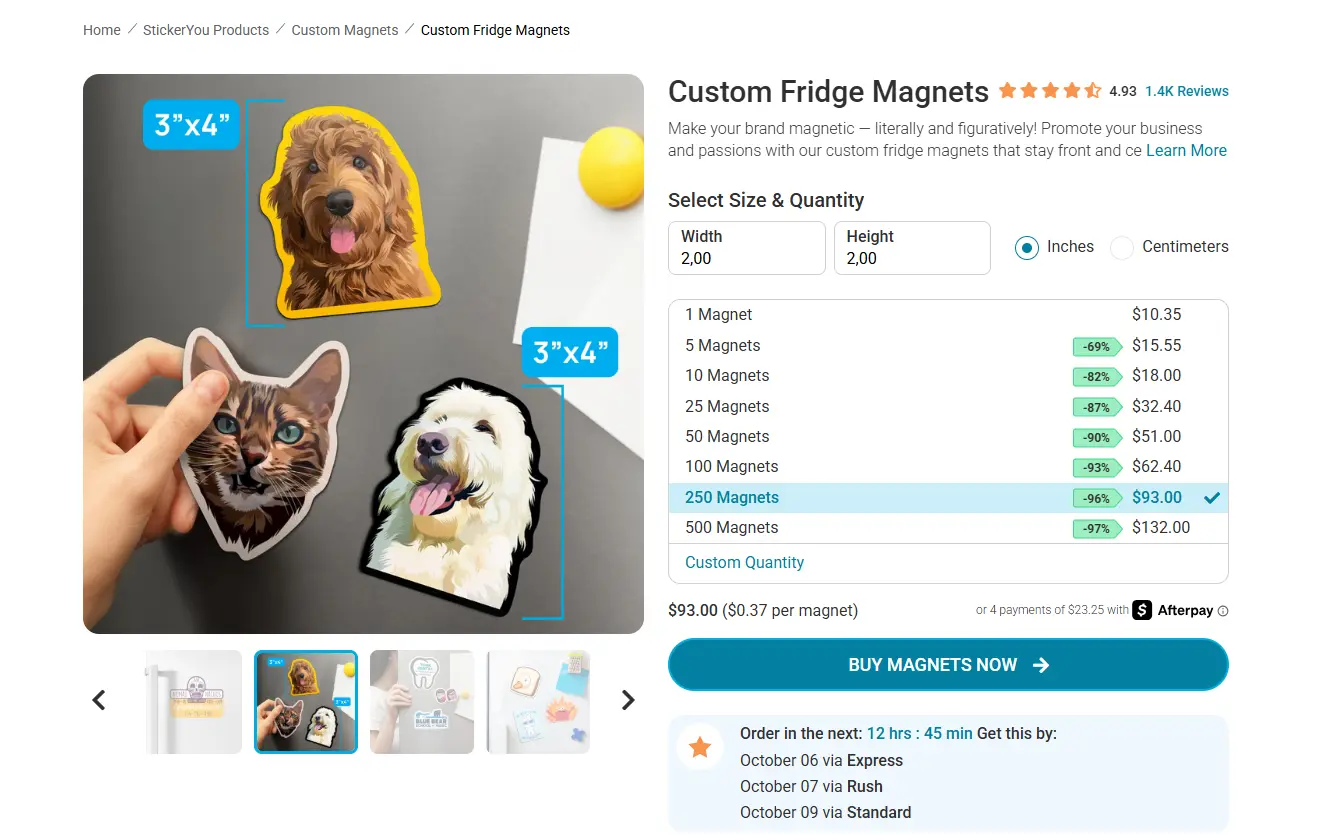
Best-seller example:

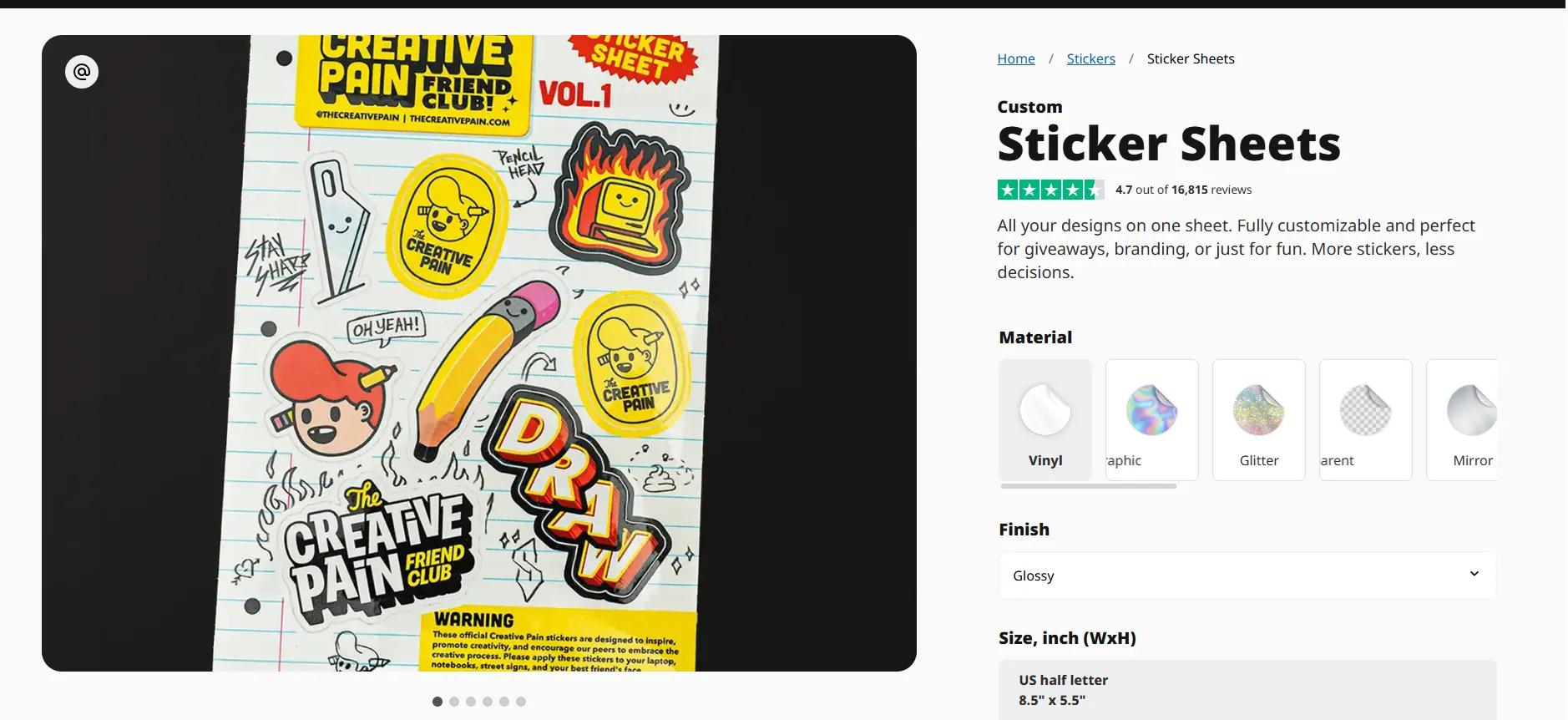
5. Mugs
Supplier Price: $3–$6
Selling Price: $12–$20
Gross Profit Margin: 50–70%
Mugs remain one of the strongest performers in the POD market. They’re practical, affordable, and always in demand—whether it’s for birthdays, holidays, or everyday coffee lovers. On Etsy alone, thousands of mug listings rank among the top-selling personalized products, showing steady demand across niches.
How to customize: Shoppers often order mugs with funny quotes, inside jokes, pet photos, names, family milestones, or even company logos.

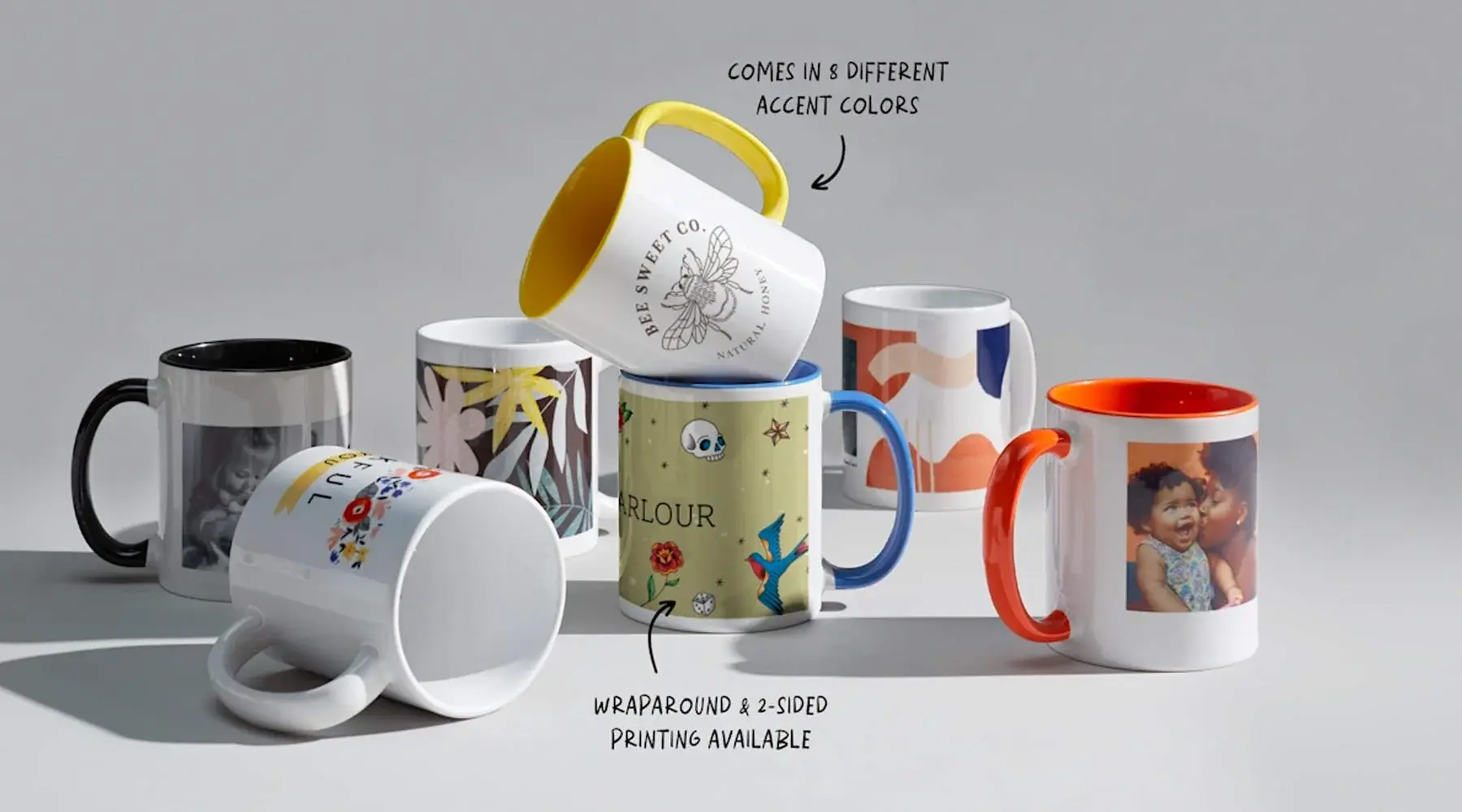
Best-seller example:
Fathers Day Funny Mug Gifts

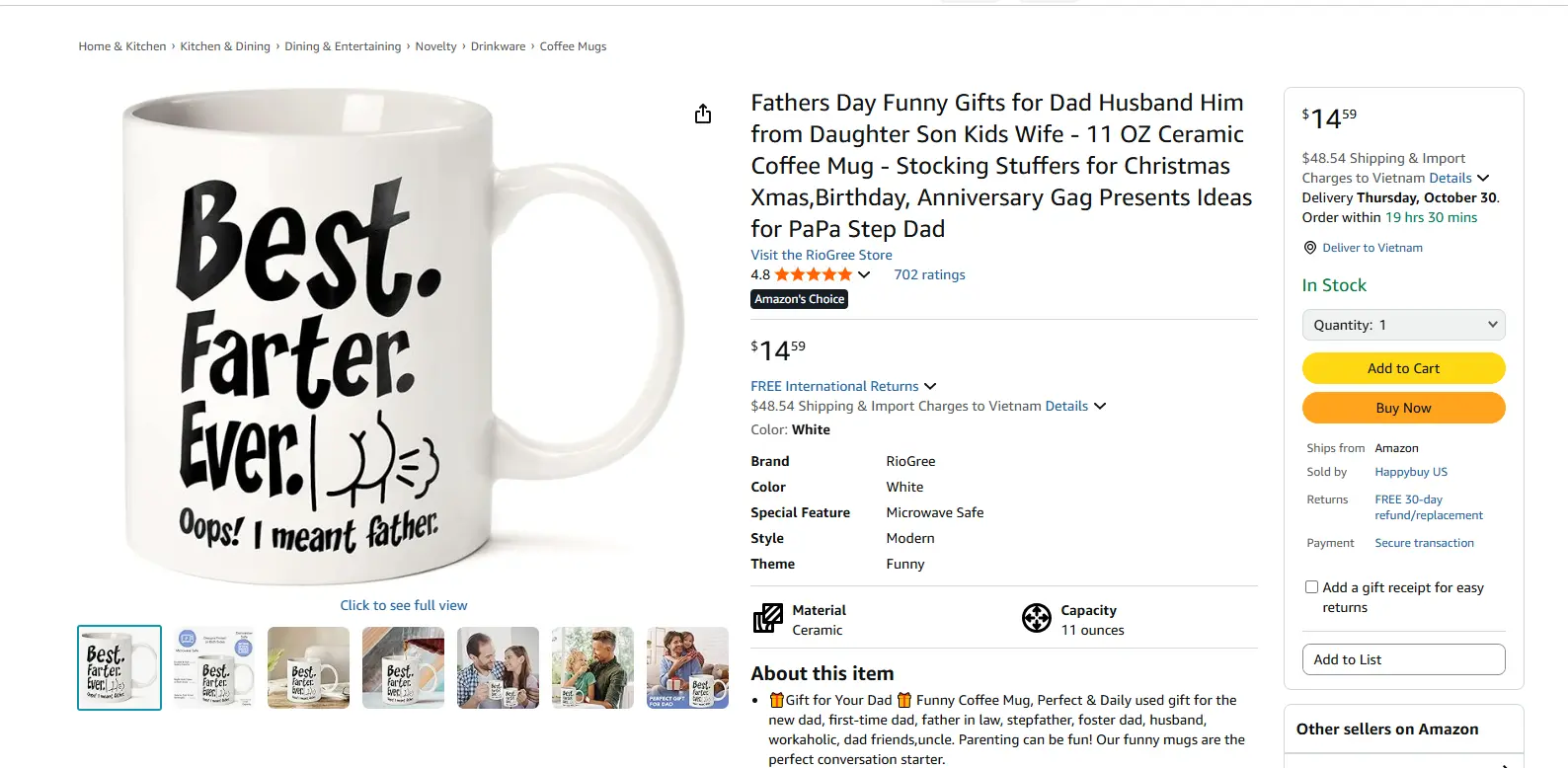
6. Candles
Supplier Price: $6–$10
Selling Price: $20–$35
Gross Profit Margin: 50–60%
Candles are one of those products that never go out of style. People buy them for relaxation, home décor, or as gifts—and when you add personalization, they become even more special. That’s why POD candles are booming on platforms like Etsy and Shopify.
How to customize: Candles are usually personalized with names, romantic messages, wedding dates, or even custom labels that match a theme.


Best-seller example:
Vellabox Candles Name Me

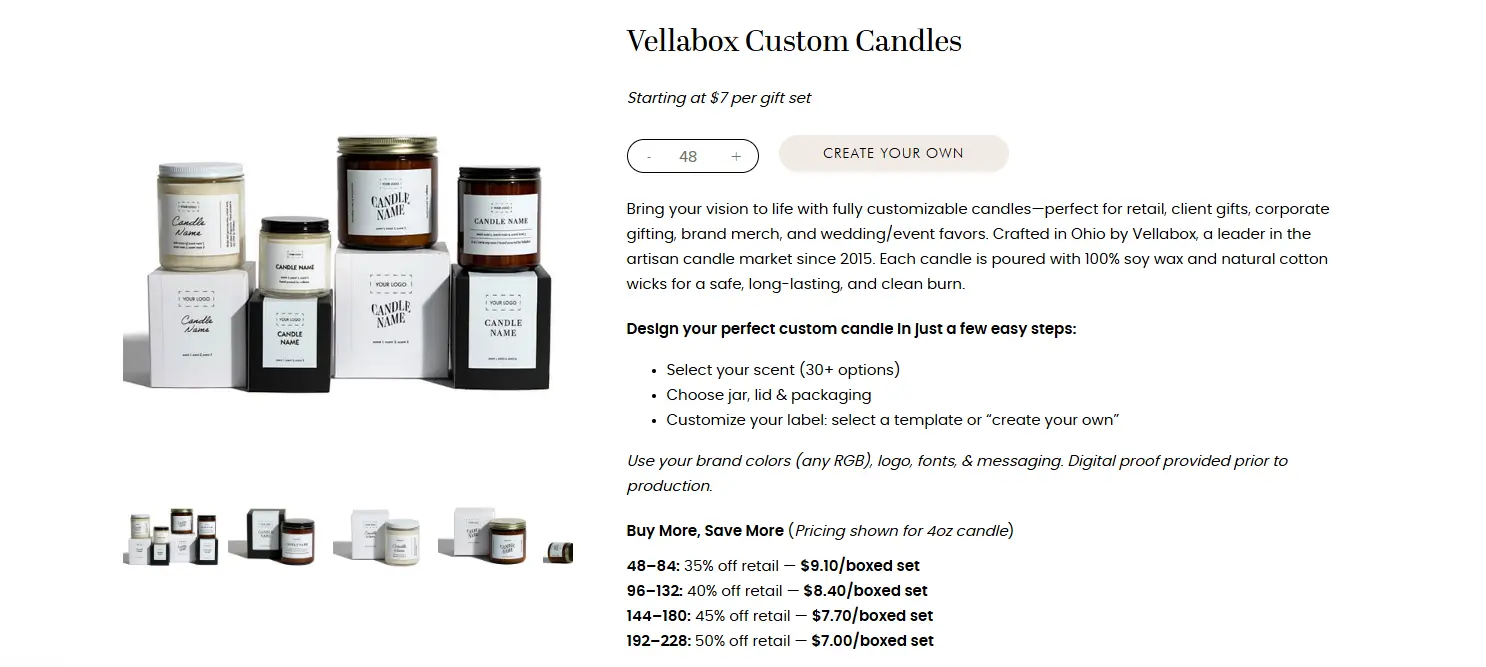
7. Beachwear
Supplier Price: $15–$25
Selling Price: $30–$50
Gross Profit Margin: 25%–40%
Beachwear is one of those POD product categories that naturally attracts seasonal but high-volume demand. Think swim trunks, bikinis, sarongs, rash guards, and beach towels—all of which can be customized with vibrant prints, tropical patterns, or even personal names and logos. For POD sellers, this means plenty of room to play with creativity while tapping into a market that refreshes every summer
How to customize: Vibrant patterns, tropical prints, or text-based designs.

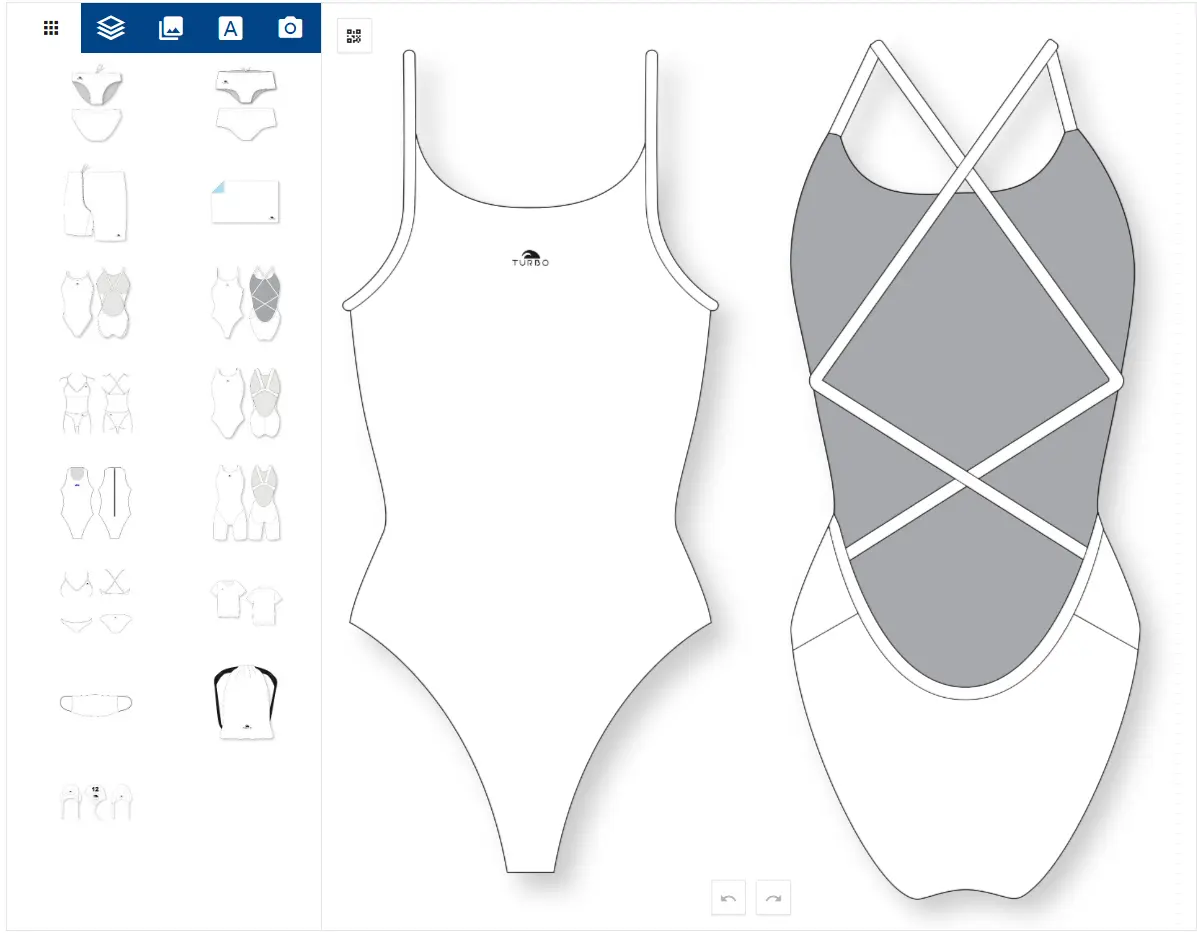
Best-seller example:
Customized Swim Wear Kits

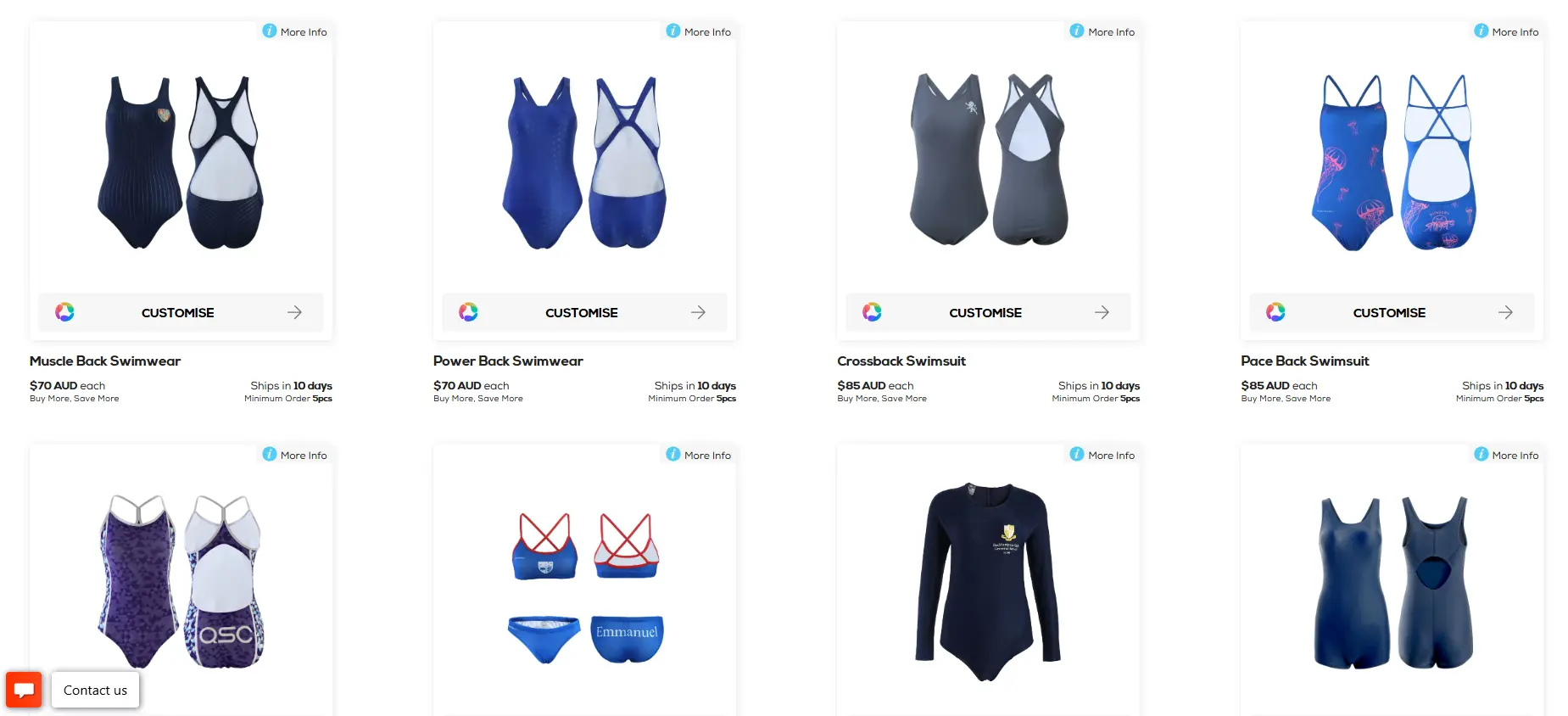
8. Calendars
Supplier Price: $5–$8
Selling Price: $15–$30
Gross Profit Margin: 40–60%
Calendars are inexpensive to produce—usually around $5–$8 each—and can sell for $15–$30, giving sellers a 40–60% profit margin. Bulk orders for corporate gifts or family reunions often push margins even higher. It’s one of steady POD sellers because people still love personalized planners, desk calendars, and wall calendars.
How to customize: Customization options include photo uploads, personalized messages, company logos, and important dates.

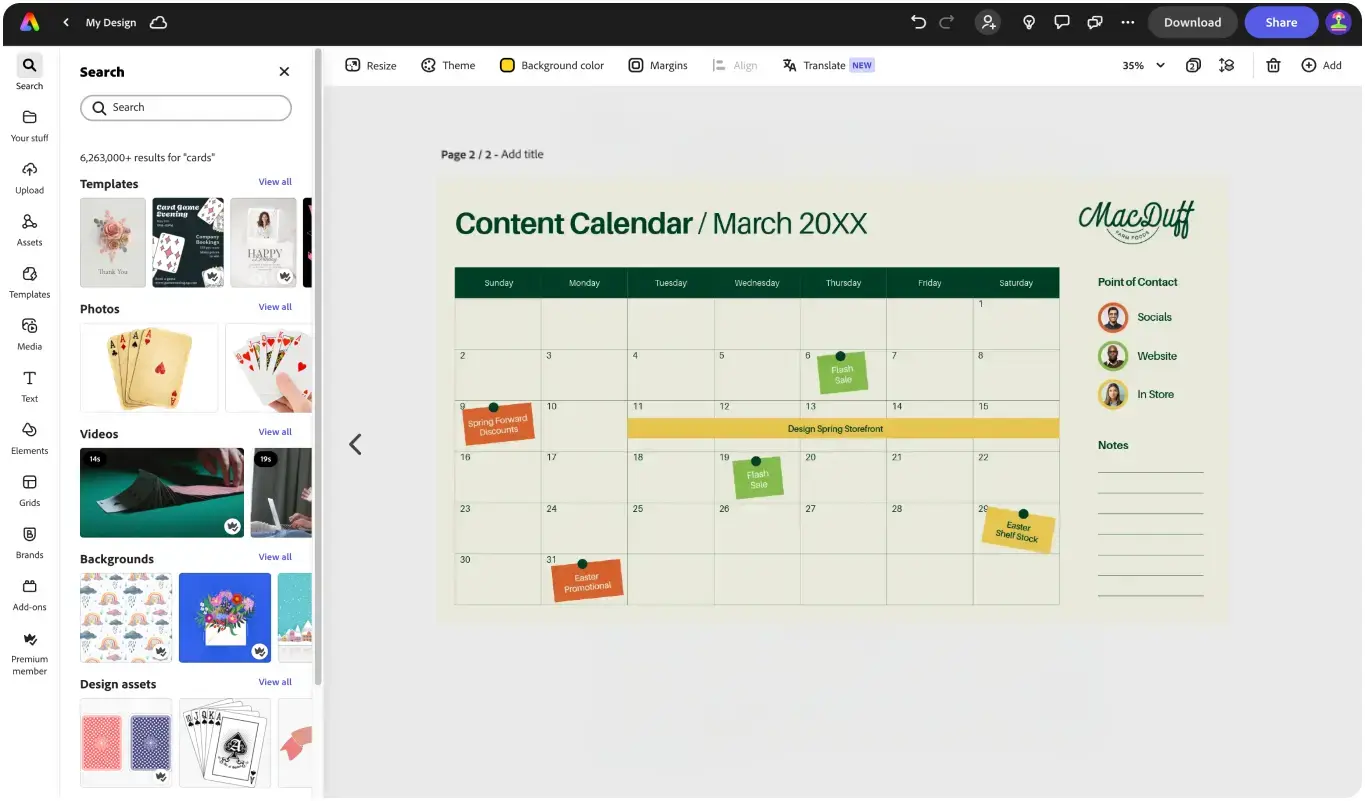
Best-seller example: Personalized photo calendars dominate holiday gift guides each year.

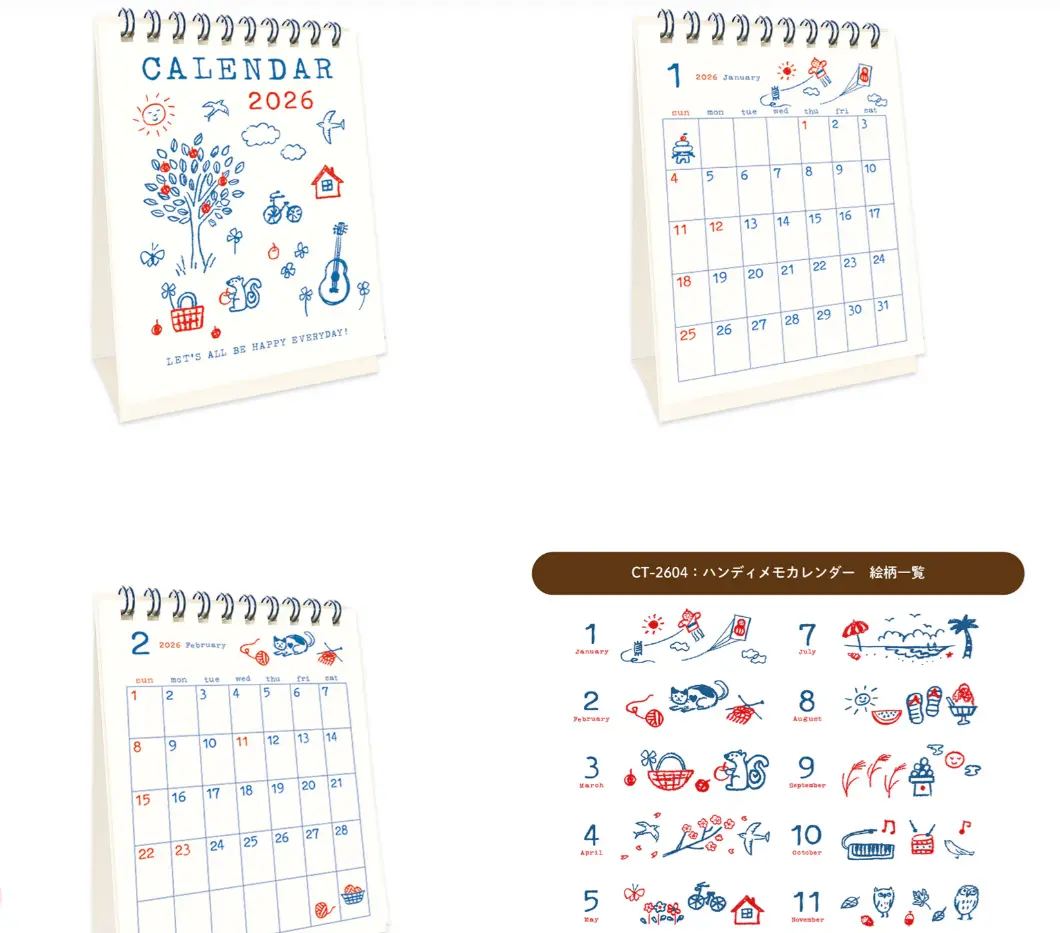
9. Gift Cards
Supplier Price: $1–$3
Selling Price: $8–$20
Gross Profit Margin: 60–70%
Gift cards are one of the most versatile POD products because they let buyers give something meaningful while leaving the final choice to the recipient. Whether for birthdays, holidays, or special occasions, customized gift cards are always in demand. Usually, POD gift cards cost $1–$3 to produce and can sell for $8–$20 depending on design and packaging, offering profit margins of 60–70%. They’re also lightweight and cheap to ship, which makes them beginner-friendly.
How to customize: Most people customize gift cards with personal notes, names, or unique illustrations.

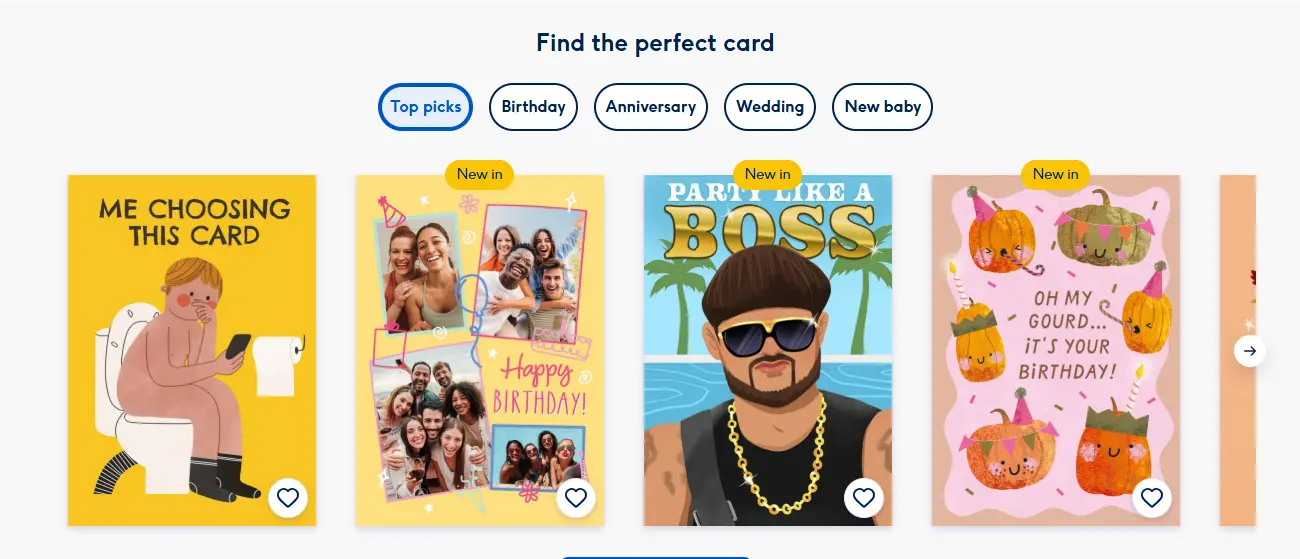
Best-seller example:
Funny Illustrations Gift Cards

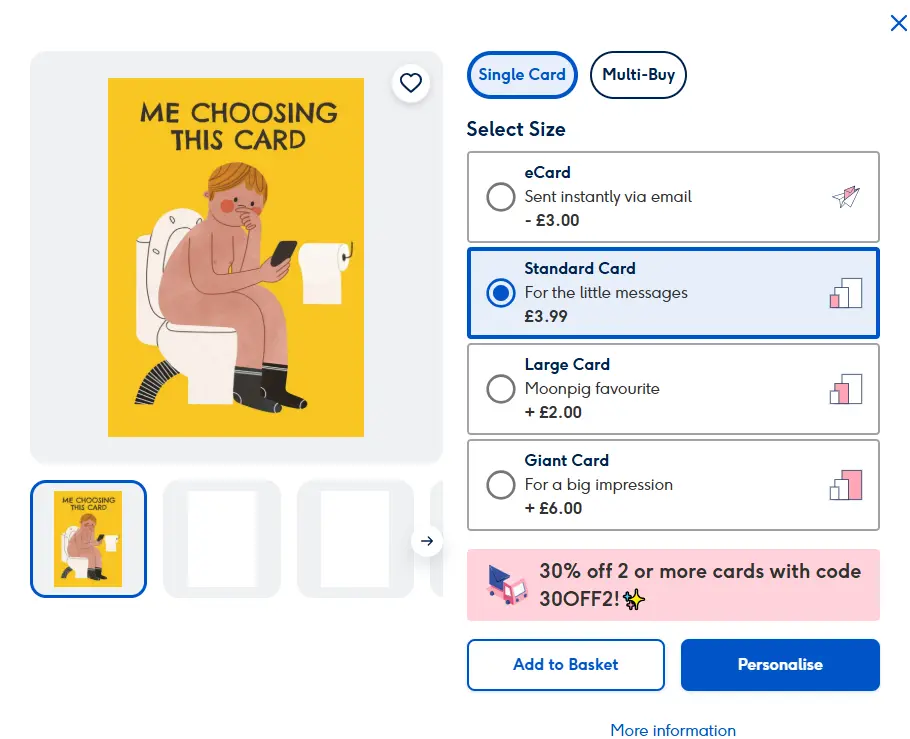
10. Phone Case
Supplier Price: $7–$10
Selling Price: $20–$35
Gross Profit Margin: 50–60%
Phone cases dominate the POD market thanks to their massive demand and repeat-purchase cycle. With billions of smartphone users worldwide, there’s a huge audience looking for stylish, protective, and personalized cases. Profit margins are strong, too. Cases typically cost $7–$10 to produce and retail between $20–$35, which means 50–60% margins per order. Special editions like biodegradable or heavy-duty cases can justify premium pricing.
How to customize: Shoppers love to personalize their cases with initials, photos, favorite quotes, or unique graphics.
Best-seller example:

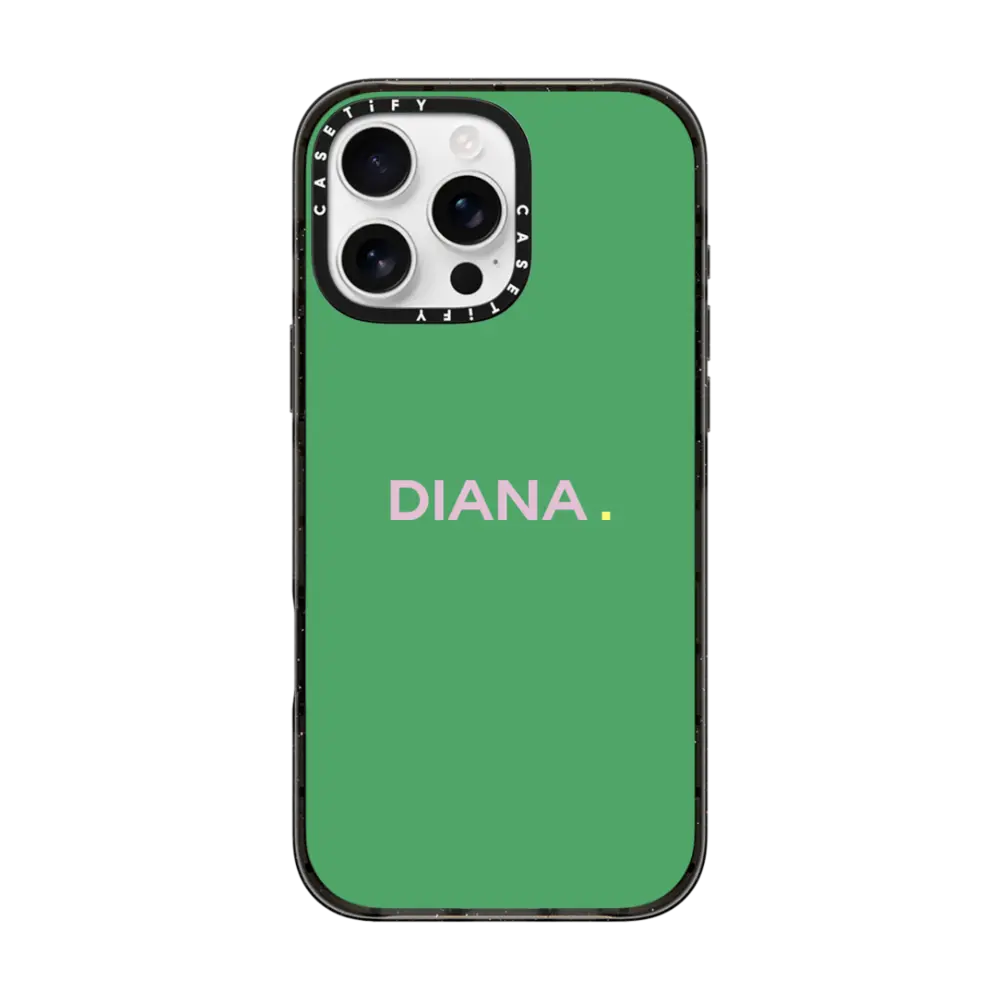
11. Tote Bags
Supplier Price: $5–$8
Selling Price: $18–$30
Gross Profit Margin: 50–65%
Tote bags have surged in popularity thanks to the eco-friendly movement and personalization trends. Global demand is strong, especially among younger consumers who want sustainable and stylish alternatives to plastic bags.
Financially, they’re a great bet: tote bags cost $5–$8 to produce and typically retail for $18–$30, giving POD sellers 50–65% profit margins. Large bulk orders for events or businesses can push profitability even higher.
How to customize: Customers often order them with catchy quotes, aesthetic prints, logos, or personalized illustrations.

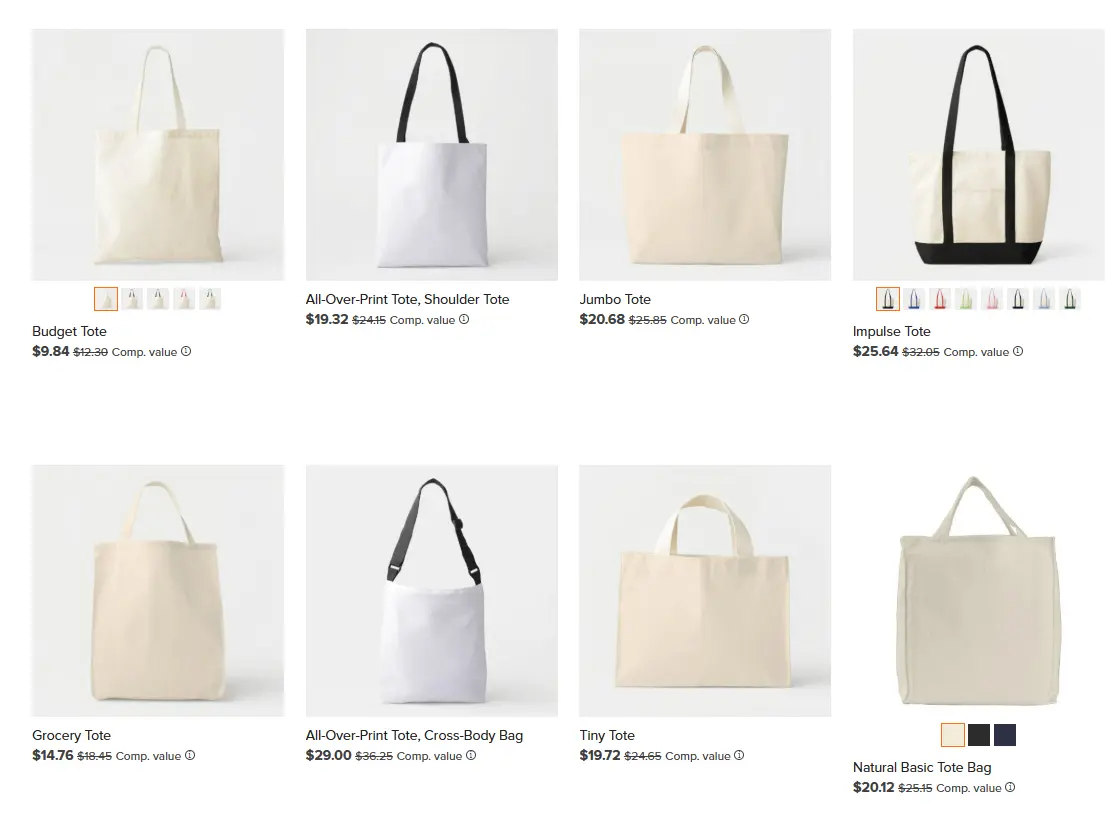
Best-seller example:

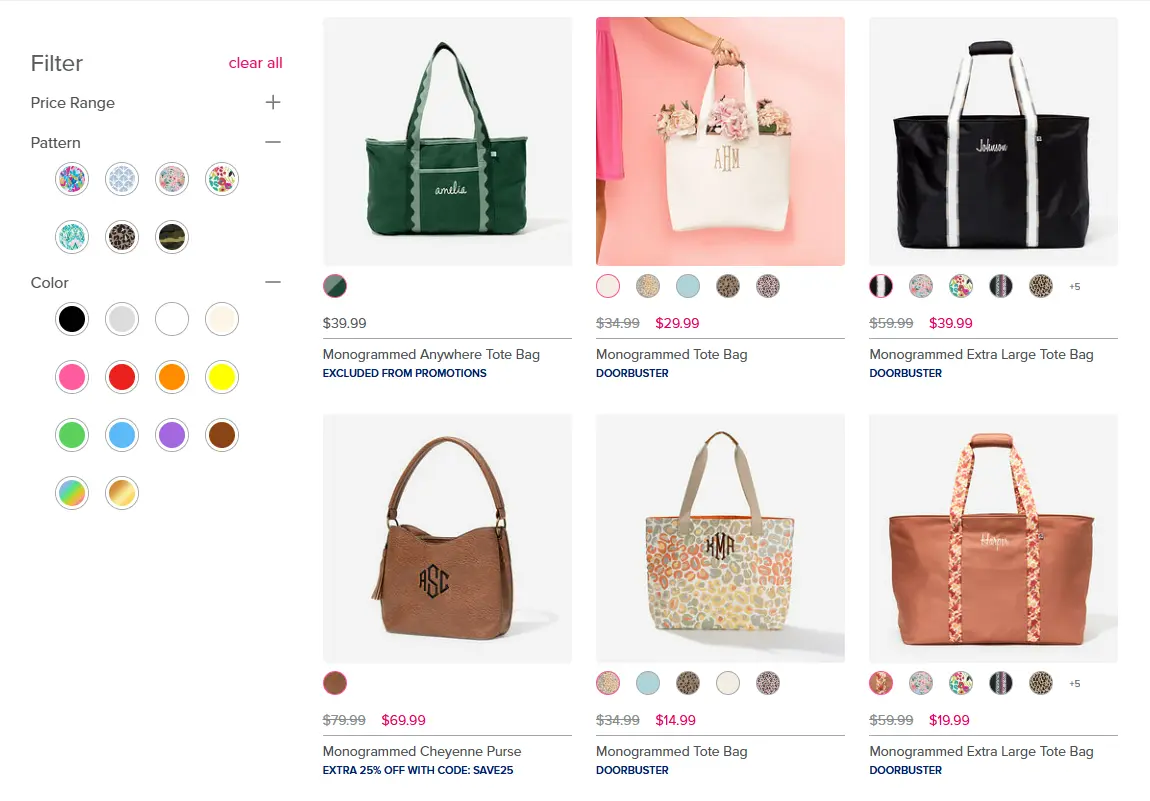
What is POD Business?
Print on Demand (POD) is a fulfillment-based business model where sellers provide custom designs, and third-party suppliers handle production and shipping only after a sale is made. Unlike traditional retail or even standard dropshipping, POD removes the need for upfront inventory while enabling sellers to offer unique, made-to-order products.
In 2025, POD is still a booming market and here’s how industry reports prove it: According to Grand View Research, the global POD market was valued at USD 8.93 billion this year and is forecasted to reach USD 57.49 billion by 2033, growing at a 23.3% CAGR.
For beginners, this balance of low-risk, inventory-free, and strong market growth makes POD one of the most attractive online business models today.
How to Build a Profitable POD Business in 8 Steps?
With the right approach, you can launch your store quickly, avoid common pitfalls, and start selling products that carry your unique designs. Let’s walk through the eight steps you’ll need to follow.
1. Pick a Niche
Your first step is to choose a niche, which is simply a focused segment of a larger market. Instead of selling generic T-shirts, for example, you might sell shirts designed specifically for yoga moms, fitness enthusiasts, or even gardeners.
A good niche balances profitability and demand: it should give you a clear audience, have relatively low competition, and leave room for margins between 30% and 50%. When you get this right, your designs stand out in a crowded market.
2. Choose Products to Sell
Once you know your niche, you need to decide what products to offer. Shopify highlights popular POD items such as unisex T-shirts, mugs, personalized baby clothing, tote bags, posters, and even all-over-print hoodies or yoga pants. What matters most isn’t picking the flashiest product but finding one with strong demand, decent profit margins, and compatibility with POD printing methods.
3. Create Designs
In print-on-demand, the product itself is a blank canvas. Your design is what brings it to life and makes it sellable. You can create your own graphics using tools like Canva or Adobe Illustrator, or you can hire designers through platforms like Fiverr or Upwork.
Whatever approach you take, remember that what looks great on a screen might print differently on fabric or ceramic, each product has its own printing zone and size limits, and low-resolution images can appear blurry.
4. Pick a Selling Channel
Next, you’ll need a place to sell. Many beginners start with POD marketplaces like Amazon Merch or Redbubble because they already have built-in audiences. Amazon in particular is attractive thanks to its enormous customer base. If you want more control over your brand, however, building your own store with Shopify, WooCommerce, or BigCommerce gives you full ownership and flexibility.
Among these options, Shopify is often the most beginner-friendly thanks to its seamless integrations with POD apps.
5. Choose a Fulfillment Partner
Your POD supplier is the one who prints, packs, and ships products on your behalf. Popular choices include Printful, which is known for high-quality products and global reach, and Printify, which offers affordable prices and a wide network of suppliers. Others like Teelaunch, Gooten, and SPOD stand out for unique products, automation, or fast turnaround times. The supplier you choose will determine not only your product quality but also your delivery speed and customer satisfaction.
6. Build Your Store
If you decide to create your own store with Shopify, the process is straightforward. You start by signing up for a free trial and setting up your basic details. Then, pick a theme that matches your brand style, customize it with your logo, colors, and fonts, and connect a POD app like Printful or Printify. From there, upload your designs, generate product listings, and sync them directly into your store.
Don’t forget to set up payment gateways such as Shopify Payments or PayPal, configure your shipping settings, and add essential pages like About Us, Contact, Shipping Policy, and Returns.
As your store setup expands with multiple integrations and team members, keeping login credentials secure becomes crucial. Using a self-hosted password manager like Psono helps Shopify merchants safely store and share account access without compromising security or efficiency.
Once your store is polished and ready, remove the password protection so it can go live.
7. Set Your Prices
Pricing is one of the most important decisions you’ll make because it directly affects your profitability. In simple terms, your profit is the difference between your selling price and all related costs.
For print on demand niche, a healthy profit margin typically falls between 30% and 50%, but sellers with strong branding can achieve margins of 60% or higher. Setting your prices too low risks eating into your profits, while setting them too high may scare off customers—so you need to strike the right balance.
8. Promote Your Store
The final step is marketing your products so people actually discover them. Social media is often the best place to start, with platforms like TikTok, Instagram, and Pinterest giving you opportunities to show off your designs in creative ways.
In short, to run a sustainable POD business in 2025, you need two things: strong margins and accurate cost tracking. While choosing products with a 30–50% margin is a good starting point, profitability depends on how well you monitor performance across all your campaigns and channels.
This is where TrueProfit makes the difference. It’s the #1 Shopify profit analytics app that tracks your actual profit after every cost is factored in—so you always know your store’s true performance. With the app, sellers can:
- See the true profit and loss in a single real-time dashboard
- Measure products, channels, and campaigns performance through the bottom-line lens
- Stay in control of every cost, from product sourcing to ads, shipping, and fees
- Get the full financial picture by tracking profit alongside other key business metrics
In short, TrueProfit isn’t just another analytics tool. It’s the foundation for making smarter business moves, giving POD sellers the clarity needed to grow faster and more sustainably.
Final Thoughts
Print on Demand in 2025 is packed with opportunities for creative entrepreneurs. From charcuterie boards to tote bags, the best ideas combine strong demand with high personalization potential.
If you’re a beginner, start small with low-cost items like stickers or tote bags, test your designs, and scale into premium products like glassware or candles as you grow.
Lila Le is the Marketing Manager at TrueProfit, with a deep understanding of the Shopify ecosystem and a proven track record in dropshipping. She combines hands-on selling experience with marketing expertise to help Shopify merchants scale smarter—through clear positioning, profit-first strategies, and high-converting campaigns.

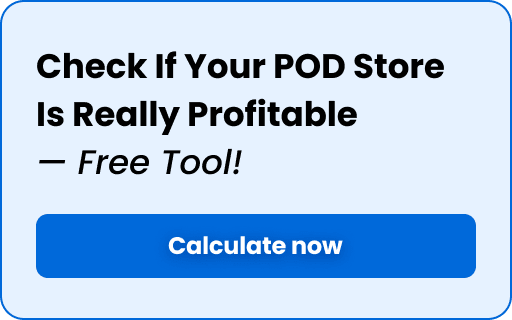


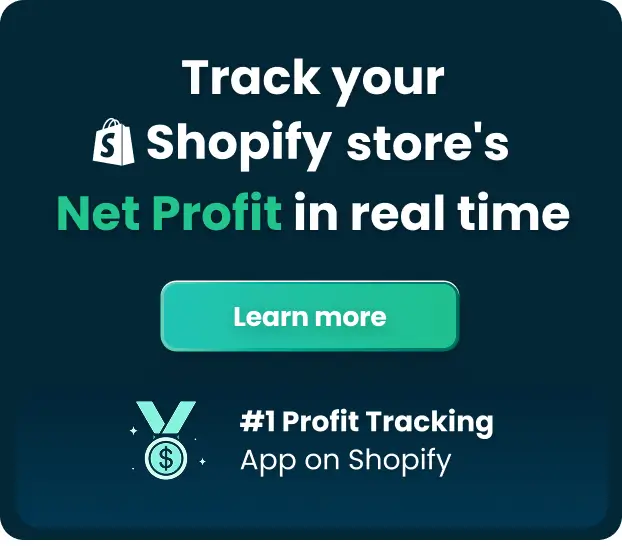
 Shopify profits
Shopify profits